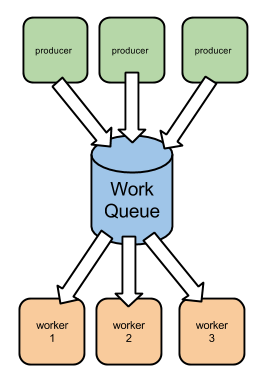
Action Hx history provides a history of follow-up activities done on the task. Denial history provides the details of previous denials (if any) for the task. Line activities tab logs all the line-level activities related to the task. Claim History and previous notes: This section has four tabs- Line activities, Denial Hx, Action Hx, and Claim status Hx. Links: Help in navigating to other pages such as Patient demographics, case, insurance, Charge Master, ledger, eligibility, document Management.Ĥ. Encounter lines and its details: Encounter line details can be found in this section.ģ.

Patient and Claim details: Patient demographics and claim details can be found in this section.Ģ. The different sections of the Next Action Screen are numbered (as highlighted in Image 5) and explained below.ġ. Next Action screen will pop up with details of the invoked encounter see Image 5. Click on any other field takes us to the Next Action screen.Ĭlick anywhere on the claim line to open the encounter line for follow up. DOS is a hyperlink that takes us to the Charge Master. Patient Name is a hyperlink that takes us to the Patient Demographics. Image 4 displays the claims related to the Payer Reject category.ī. Click on any category on the left and the corresponding items gets listed on the right. Type in the first few letters and select an appropriate Payer Name from the drop-down that appears.Ĭlaims can be filtered according to days from DOS, LCD(Last Claim Date), and Last Follow up Date.įilter the tasksaccording to whether their DOS and/or claim date fall in the given date range.Ī. Select a Rendering provider to filter based on Rendering Provider Select a Legal Entity from the drop-down to display tasksin that LE. All items first fall in the NEW status.ĭrop-down includes values such as Incorrect Patient Info, Incorrect Insurance Info, etc. Click on button to view all search parameters refer Image 3.Īll/NEW/Pending. Work queue has various search fields which help to filter the tasks based on the requirements.

Patients with balances and no statement sent over 60 days Need More Info Queue and all the sub categories are pulled from the Collection ManagerĪll lines in Status BILL_TO_PT, BILL_TO_GR and IN_COLLECTIONĬlaims that are 45 days away from response limit threshold Rank 1, Rank 2, Rank 3, Rank 4 and Rank 5ĭenial codes, No-response categories, etc. Table 1 displays some of the important categories in Work Queue. If a category is assigned to a user, all claims/items for that category will automatically fall into the user’s worklist/ownership and the user can view their tasks when they open the work queue. The H2 report Set Up screen can also be used to assign specific items in the Work Queue to users. To access the H2 Setup, click the on the top right part of the H2 report. When the work queue opens up, it will show the tasks related to the user logged in.Ĭategories in the Work Queue screen are pulled from the H2 Operational ( Drill down) Dashboard setup screen (Image 2). The dashboard screen will show the categories on the left pane and a pie-chart representation of the categories on the right see Image 1.Ĭ. Our enhanced Work queue screen has a dashboard section for quick view of the various KPIs and displays the count of items under each KPI.ī. Work queue aids the practice to take corrective action and follow-up on these items.Ī. These tasks can be monitored and priorities can be set for them.

Will successfully read, and the rest will block.Īgain, there is a question of fairness.The work queue is primarily used as a workflow management tool to assign tasks to users related to the claims/charges or other items in the Work Queue list. Read from the same channel – this is valid, and safe.
#Work queue code
Goroutines and channels are just the right abstractions needed to code this intoĪn elegant, tight piece. Here is a simple queue and a worker that processes jobs off the queue. Jobs and processing them in a controlled manner allows you to add moreįunctionality like bounding the number of concurrent jobs, producer throttling Whether you need a more elaborate infrastructure toĭeal with job processing depends mostly on scale and complexity. This is indeed the best option for some needs, like firing off an email while Processing a job asynchronously can be done with: go process ( job ) Let’s start with a bit of Zen – sometimes you just don’t need a job queue. Read on to see some interesting GoĬode around job queues. Promises and futures from other languages. Go is quite good at asynchronous processing – goroutines and channels areĪrguably simpler, less error-prone and yet as powerful compared to async/awaits, For nearly everything, including our server, service and uptime monitoring product


 0 kommentar(er)
0 kommentar(er)
